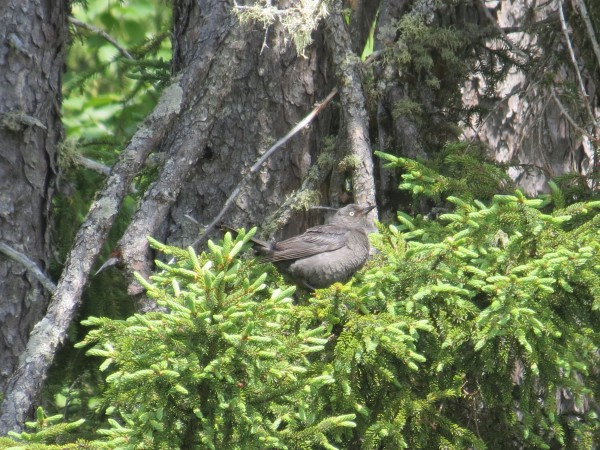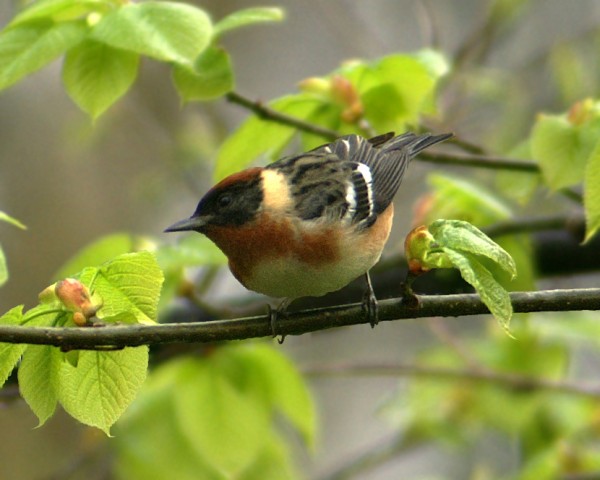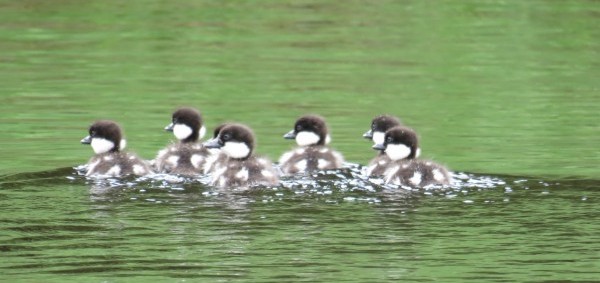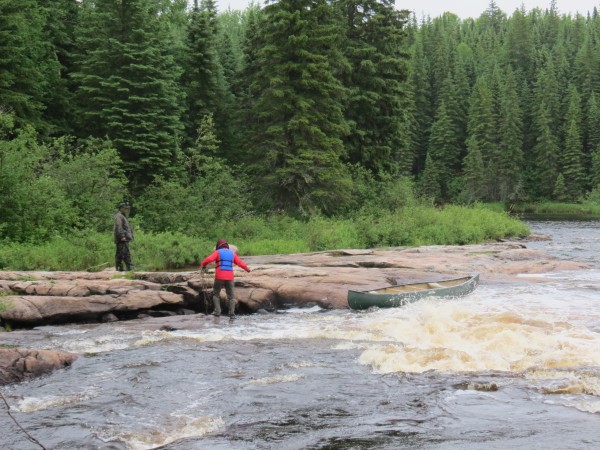North French River Biodiversity Expedition (Part Two)
[separator headline=”h3″ title=”Part Two: solving the mystery of the Rusty Blackbird and Common Nighthawk while dropping off the shield.”]
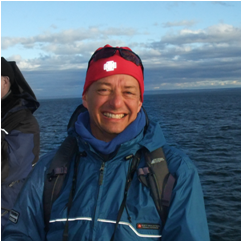
Ted Cheskey Senior Conservation Manager
Over the past three years, Moose Cree and Nature Canada have collaborated to assess and revise knowledge of the distribution and abundance of several bird species at risk within the MCFN homelands. This work was supported by grants from the Federal Government’s Habitat Stewardship Program. One element that this program was not able to achieve was an expedition to the southern reaches of the homelands. Though the North French River expedition came after AFSAR funding ended, it really served the purpose of filling that key gap in the field work from previous years. Two species that were targeted during the AFSAR grant but barely observed were Common Nighthawk and Rusty Blackbird. We completed the grant with very little knowledge on these species. Now I can confidently report that we understand much better the distribution and abundance of both of these species because of our trip on the North French.
Rusty Blackbird turned out to be a relatively common species along the North French, in fact the only blackbird species observed. From our drop off site on Sand Lake north of Cochrane, where there were two pairs within a kilometres of each other, to the lower sections of the river, it seemed that every few to several kilometres we would encounter another male or couple. The key habitat variables for this species were water – primarily the river in slower moving sections and likely surrounding lakes, and mature spruce forest. The birds were often perched on a tall spruce tree. There was no history of logging anywhere along our trip, and these pristine forests – sometimes disturbed by historic fires, are prime habitat for this rapidly declining species.
For the Common Nighthawk, we discovered a second key habitat for this species in addition to the historic burn area described in Part One. This habitat was the exposed and fractured granites of the Canadian Shield that the North French cuts through on its way towards the James Bay lowlands. We dropped about 270 vertical metres over about 100 kilometres of river, including several difficult rapids, waterfalls and challenging portages each time there was a significant drop. As these drops presented obstacles for us to overcome and significantly slowed our progress, we often found ourselves camping near or close to a drop that included a waterfall or difficult rapid that required either lining the canoes or portaging, or some combination of both. Inevitably, at each drop, we encountered (usually at approximately 9 pm) a pair of Common Nighthawks hunting above the river. As Nighthawks’ preferred nesting habitat is exposed mineral soils and rocky surfaces, and as the river is an amazing source of food for this aerial insectivore that is a bit like a flying vacuum cleaner, the granite drops along the river are ideal – and likely critical habitat for this threatened species. I should add that we were also an ideal food source for the trillions of biting insects including sand flies, black flies, mosquitoes, deer flies, and horse flies or Misisaks as they are known locally. While the repellents, bug nets, long sleeves and bug jackets frustrated many insects, I am sure that we ‘did our part’ to help thousands more reproduce and in so doing, support this species at risk.
Adjacent to the North French is spruce-dominated primary boreal forest, with the exception of the recent burn sites. The bird community in this mature forest is classic northern boreal, with the full suite of “budworm” warblers such as Bay-breasted Warbler, Cape May Warbler and Tennessee Warbler, all busy keeping the forests healthy, and other boreal specialties such as Boreal Chickadee, Gray Jay, Golden and Ruby-crowned Kinglets and Boreal Owl. Yellow-bellied flycatcher and the occasional Olive-sided Flycatcher (Federally threatened), were heard on the upper and mid stretches of the river with Alder Flycatcher present where wetlands had established and on the burn. Other commonly encountered birds included Winter Wren, Brown Creeper, White-winged Crossbill, Magnolia Warbler, Yellow-rumped Warbler, Nashville Warbler, Northern Waterthrush, Mourning Warbler, Black and White Warbler, American Redstart, Swainson’s Thrush, Hermit Thrush, Cedar Waxwing, Blue-headed Vireo, Philadelphia Vireo, and Northern Flicker. Several families of Common Merganser (mother with young) flapped and scampered along the water ahead of us, sometimes for several kilometres. Other waterfowl that we viewed either in pairs or with young included Common Goldeneye, Bufflehead, American Black Duck and Canada Goose. Osprey was the only regularly occurring bird of prey, though we also observed Bald Eagle, Red-tailed Hawk, Merlin and Sharp-shinned Hawk.
White-throated Sparrow was perhaps the most frequently encountered species of all along the river. Derek and Bernie shared with me the local knowledge that changes in the White-throated Sparrow’s song can be a predictor of rain. It is said that the song becomes shorter when rain is near. I did notice this on a few occasions when this ubiquitous sparrow truncated its characteristic “Sweet Sweet Canada, Canada, Canada” to “Sweet Sweet Can.”
Did I mention rapids? I quickly lost count of the number of rapids that we encountered. At some point it became ‘too many to count’ and the silence after leaving one rapid only lasted until rounding the next bend in the river. While this was exciting, it also frayed our nerves as each rapid presented new challenges to our expedition. Typically, after scouting a rapid, we would either run the relatively easy ones, but more often than not, we lined the canoes along the edge of the river to avoid difficult or dangerous areas. For some rapids, lining was not difficult, involving manoeuvring the canoe around the rocks, waves and strong currents along the edge of the river, sometimes while holding both ends of our boat, sometimes by manipulating ropes attached to the stern and sometimes the bow while climbing over rocks and avoiding trees along the bank. It was a bit like walking a giant dog that was almost out of control along a busy street. Often we were knee-deep or sometimes waist-deep in the rushing water, occasionally smashing our feet and legs against hidden rocks as tried to keep close to the bank. Other times we portaged. I also lost count of the number, though I am pretty sure it was above 12. One portage was particularly challenging, as the rapid seemed to go on forever (over two kilometres) with dangerous waters too fast and turbulent for lining.
Unlike any other canoe trip that I have ever participated in, there were no guide books, no charts, and no portage routes. Fortunately for us, Bernie and Derek were amazingly skilled at creating portages. They would set to carving the most effective route through the bush, removing a minimum of vegetation with hand-held hatchets and a machete. Sometimes the portage ended at a swirling whirlpool at the base of the falls where we had to paddle hard against a powerful current to avoid being swept back into the large waves and boiling waters.
The relief that I and my paddling colleagues felt when we finally arrived at the base of the last major obstacle – a waterfall that marked the extent to which motorized boats could travel up the river – was overwhelming. Arriving there meant an end to portages.
While the river and banks to that point were virtually pristine, we did discover unsettling evidence that others had visited specific locations along the river. . .
To be continued

